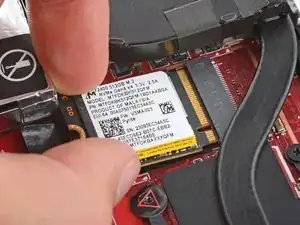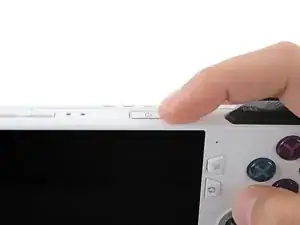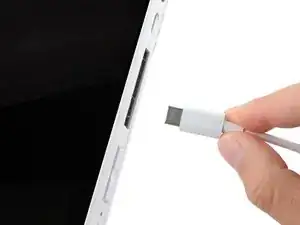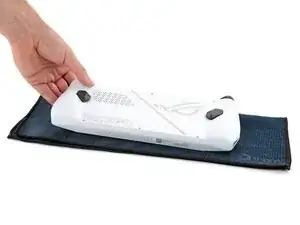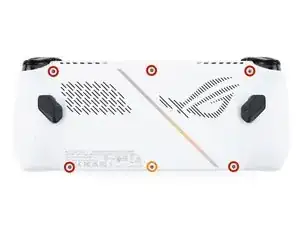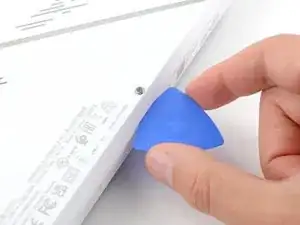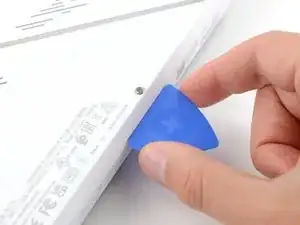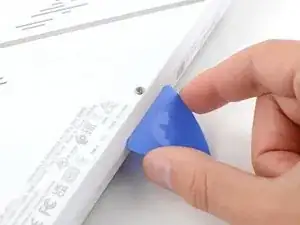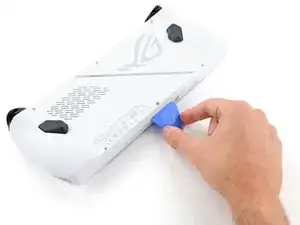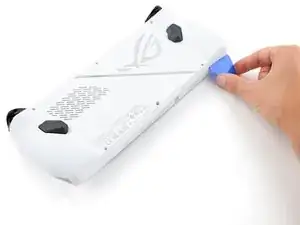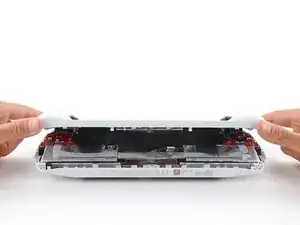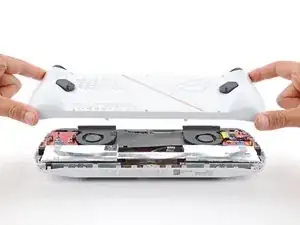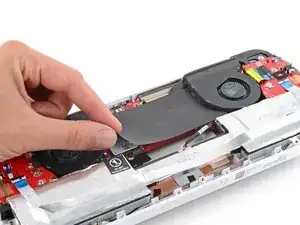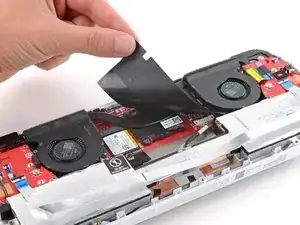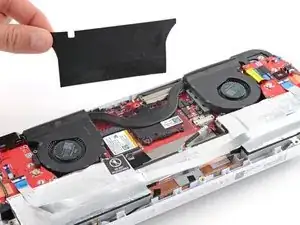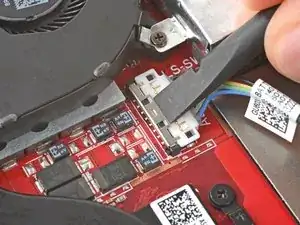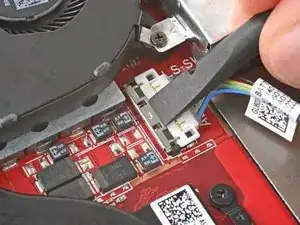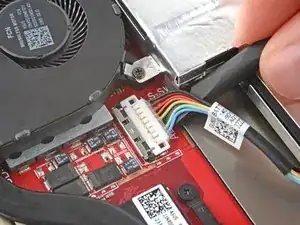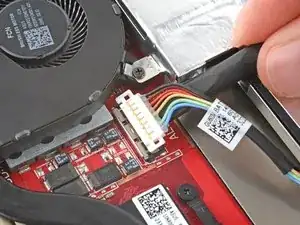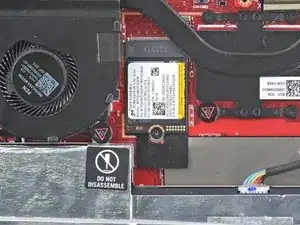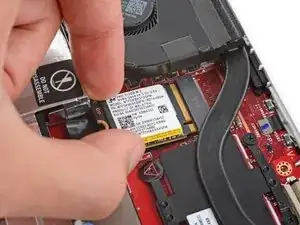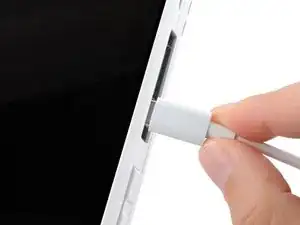Introduction
Follow this guide to replace or upgrade the M.2 2230 SSD in your Asus ROG Ally.
The ROG Ally has an M.2 2230 NVMe PCIe 4.0 port. The included SSD is 256GB or 512GB, but the Ally supports up to 2TB.
This guide only describes how to physically remove and replace your SSD. You'll need to use Asus Cloud Recovery to set up your new SSD and get your device working again, which requires an internet connection.
If the SSD you're installing has previously been used and still has data on it, back up the data before installing the SSD. The formatting process during setup will fully erase the drive.
Tools
Parts
-
-
Use a Phillips #0 screwdriver to remove the five 17.2 mm‑long screws securing the top edge and bottom corners of the back cover.
-
Use a Phillips #0 screwdriver to fully loosen the remaining captive screw at the center of the bottom edge. This should create a small gap between the back cover and chassis.
-
-
-
Insert the flat edge of an opening pick between the bottom edge of the back cover and chassis, near the captive screw.
-
Angle the pick upward and push it under the back cover.
-
-
-
Slide the opening pick along the bottom edge and around the corners of the back cover to release the clips securing it.
-
-
-
Lift the bottom edge of the back cover off the chassis to release the remaining clips.
-
Remove the back cover.
-
-
-
Use the flat end of a spudger to gently push the locking bar away from the connector to unlatch it.
-
-
-
Insert the flat end of a spudger under the center of the battery connector.
-
Lift the connector straight up and out of its socket to disconnect the battery.
-
-
-
Grip the bottom corners of the SSD and slightly lift until it clears the screw post.
-
Pull the SSD straight out of its socket and remove it.
-
-
-
Plug your device in and turn it on. It should boot into the BIOS menu.
-
Navigate to the Advanced tab and click ASUS Cloud Recovery.
-
Follow the prompts to finish setting up your device.
-
To reassemble your device, follow these instructions in reverse order.
Take your e-waste to an R2 or e-Stewards certified recycler.
Repair didn’t go as planned? Try some basic troubleshooting, or ask our Answers community for help.
